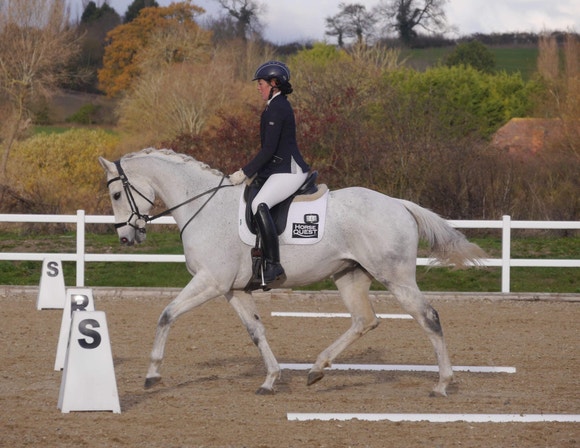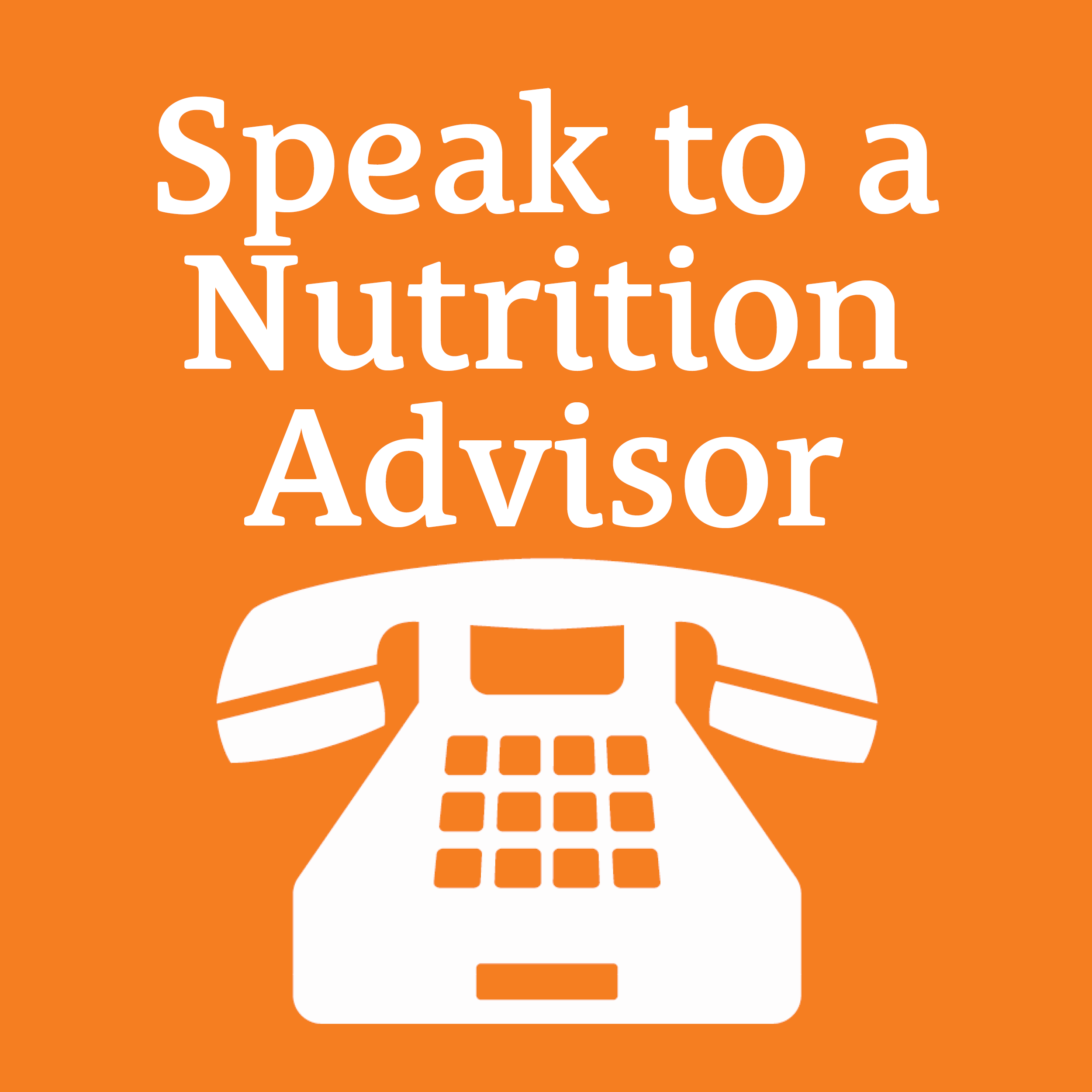
Feeding the ex-racehorse
Whilst the stereotypical ex-racehorse might be prone to excitability, have poor feet and struggle to maintain weight that’s certainly not the case for all thoroughbreds. Indeed, once settled into their new workloads and routines, many can be incredibly good-doers! Feeding an ex-racehorse shouldn’t require a different approach but there are a few things that may be helpful to consider...
Forage
Regardless of temperament and condition, forage should make up most of any horse’s diet and should ideally be fed ad-lib. This is because forage:
- Provides fibre which is essential for maintaining hindgut health.
- Increases chewing time and promotes saliva production – horses, unlike people, only produce saliva when they chew. Saliva contains a natural buffer for stomach acid which can make some regions of the stomach being as acidic as battery acid!
- Provides a valuable source of energy (calories) to maintain condition, helping to reduce the reliance on ‘hard feed’.
Although ad lib forage is not always suitable for good doers, total intake should not be restricted to less than 1.5% of current bodyweight (on a dry matter basis) per day. In practise, this equates to approximately 9kg of hay (or 11kg if you intend to soak it first) or 12kg of haylage for a 500kg horse without grazing.
Pre and probiotics
Many racehorses in training will have been on a relatively low forage diet with no or little turn out and it can take time for the microbial population in the hindgut to adjust to a new, higher fibre diet. Choosing feeds which contain pre and probiotics and by making any changes slowly may help support the transition.
Body condition
It may be challenging to keep your ex-racehorse at a healthy bodyweight once they are out of training as some may need to build up some condition whilst others may be at risk of becoming overweight once their workload is reduced.
Regular body condition scoring will help you to adjust their feed accordingly as their requirements change.
You can read more about feeding poor doers here.
You can read more about promoting weight loss here.
Topline
When first out of training, ex-racehorses will typically look very different to your average riding horse. Their body fat percentage will generally be very low due to their previous athletic training regime. Often there will be very little fat coverage over their ribs, and they can have a somewhat triangular shape to their hindquarters.
An ex-racehorse’s body shape will change over time with a different exercise regime, but it’s important to support this transition with a balanced diet and adequate levels of energy and quality protein particularly lysine. If sufficient levels of protein are not provided by the diet, the body will break down lean tissue (muscle) to meet requirements. Levels of lysine in forage may be low but rest assured, feeding the recommended amount of a suitable compound feed or balancer will help to ensure that protein and lysine requirements are met. Balancers are the ideal option for horses that maintain weight easily on forage alone and unlike broad spectrum vitamin and mineral supplements, provide additional lysine to help support muscle and topline.
Fat cannot be converted to muscle so whilst it’s important your ex-racehorse is receiving sufficient calories to maintain a healthy body condition, there really is no substitute for correct work. Muscles require correct training and periods of rest for the fibres to stretch, repair, lay down new cells and ultimately grow. Simply feeding more protein, regardless of the quality will never achieve optimum results without suitable exercise to help build a more rounded topline.
You can read more about developing topline here.
Behaviour
Diet is just one of numerous factors that can affect a horse’s behaviour, however in some individuals it can be the main cause of triggering spooky and/or excitable behaviour. Diet can negatively affect behaviour in one of two ways, firstly, by simply supplying excess energy and secondly, by providing high levels of starch from cereals (and sometimes sugar) which in fact is the most common cause of diet related excitability. Remember though, not all excitable or undesirable behaviour is affected by diet, it may just be an individual’s temperament so make sure you seek professional advice or help with training.
You can read more about feeding to reduce the risk of excitability here.
Gastric ulcers
The prevalence of gastric ulcers is thought to be as high as 90% in racehorse populations, possibly due to the combination of intense work, prolonged periods of stabling with little forage and increased stress levels.
Long term nutritional management plays a key role in helping to reduce the risk, frequency, and severity of gastric ulcers. Research in collaboration with SPILLERS is the first to show that changes in the diet can help to manage gastric ulcers post omeprazole treatment. Below are some tips to help reduce the risk of gastric ulcers developing:
- Make all dietary changes gradually. Racehorses are typically fed large amounts of cereal-based feeds and have no or limited grass turnout. Sudden turnout onto lush paddocks could cause digestive upset. Aim to gradually introduce new feeds and forage sources over a 2-4 week period.
- Research suggests that starch intake should be restricted to less than 1g per kilogram of bodyweight per meal and ideally less than 2g per kilogram of bodyweight per day. As a practical guide, choose feeds containing less than 15% starch.
- Feed small meals adding chopped fibre to help extend eating time. Try to include some alfalfa as the high protein and calcium content may help to buffer stomach acid.
- If extra calories are needed oil can generally be added at up to 100mls per 100kg of bodyweight per day e.g., 500ml per day for a 500kg horse. However simply adding oil on top your horses current feed may unbalance the diet, so consider choosing a feed that already contains a higher level of oil and vitamin E. Alternatively, speak to a nutritionist for specific advice before adding oil to your current feed.
- Consider feeding a small meal of short chopped fibre before exercise (especially before fast work) as this will help form a fibre mat to reduce the amount of stomach acid splashing up onto the unprotected squamous region of the stomach.
- Avoid using electrolyte pastes, especially in those already prone to ulcers.
- Consider feeds with the BETA® EGUS approval mark but remember these are not the only suitable options.
You can read more about feeding horses prone to gastric ulcers here.
Hoof health
The most important nutritional influence on hoof health is providing a balanced diet that meets all your horse’s nutritional requirements. Although biotin has been shown to improve both hoof health and growth ensuring the diet is fully balanced is the first step. A balanced diet can either be achieved by feeding the recommended amount of compound feed or alternatively if your horse doesn’t require the recommended amount of feed or maintains their condition on a forage only diet by feeding a balancer to make up the shortfall in vitamins, minerals and amino acids. All SPILLERS balancers will provide a balanced diet when fed at 100g/100kg bodyweight (excluding SPILLERS Gro N’ Win Balancer) and contain a full 15mg of biotin per 500g serving which has been proven to support hoof health.
Choosing suitable feeds
Always start with good quality forage and if ideal condition can be maintained on forage alone all that is needed is a balancer to ensure vitamin and minerals requirements are met. If more calories are needed choose a low-calorie fibre-based feed such as SPILLERS High Fibre Cubes or a chopped fibre such as SPILLERS HAPPY HOOF to start with. If more energy/calories are needed, you can move to a higher energy feed such as SPILLERS Conditioning Fibre or SPILLERS Ulca Fibre, or cube options include SPILLERS Digest+ Conditioning Cubes or SPILLERS Stamina+ Cubes. For specific advice and help in choosing a suitable feed contact the Care-Line.



